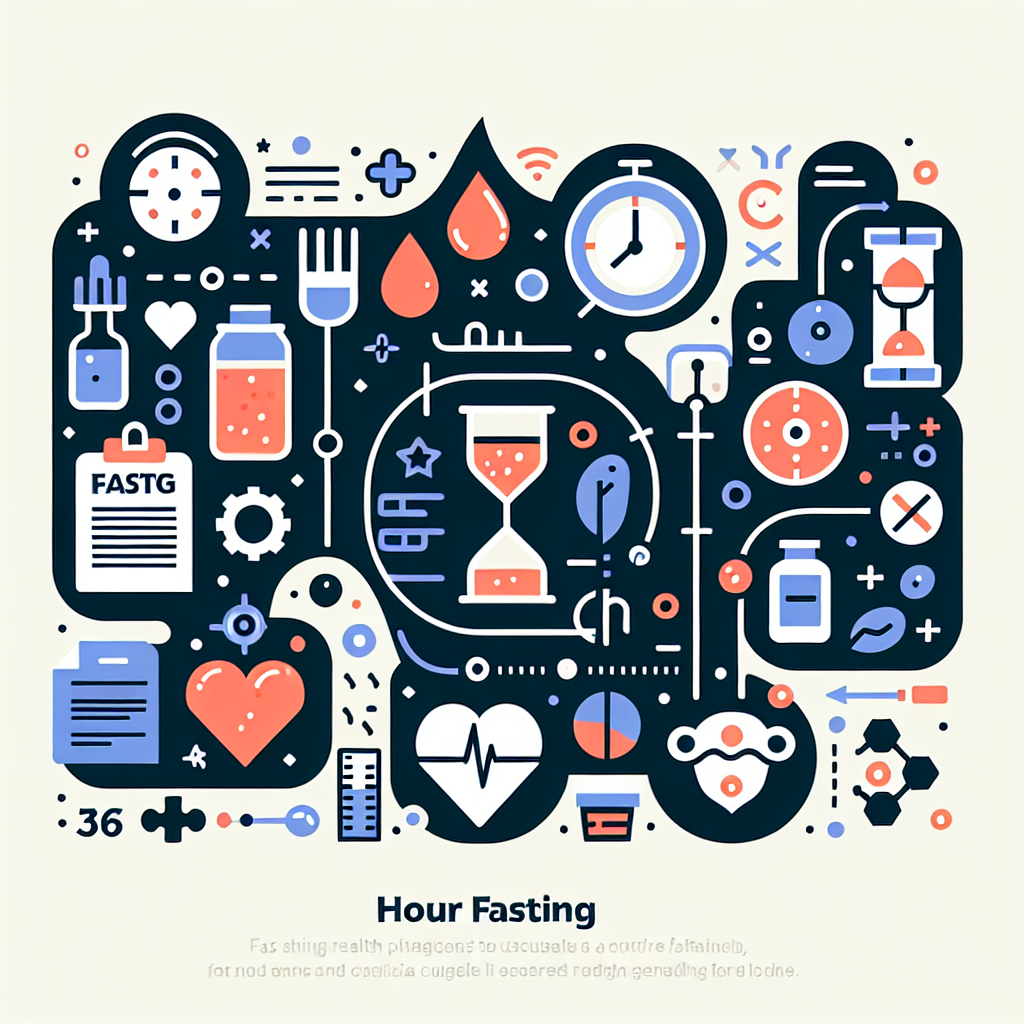Fasting for extended periods has gained attention for both metabolic health and personal experimentation. In this article we explore 36 hour fast benefits and what both research and lived experience suggest about this longer intermittent fast. You’ll learn how a 36 hour fast compares to shorter windows, practical tips for doing it safely, and realistic expectations for weight and wellness goals.
Benefits of a 36-hour fast: what the evidence and experience show
A 36 hour fast can shift your body into deeper metabolic states than a typical 16:8 plan. After about 24 hours without food glycogen stores drop, insulin falls, and the body increases fatty acid oxidation and ketone production. Many people report improved mental clarity, reduced hunger after the initial period, and measurable improvements in insulin sensitivity. Clinically, aspects of autophagy and cellular repair—processes studied in animals and increasingly in humans—may be more engaged during a fast that extends past a day.
How it works: metabolism, ketosis and autophagy
- Metabolic switch: By around 24–36 hours your liver’s glycogen is depleted and the body increases reliance on fat and ketones.
- Insulin and inflammation: Lower insulin levels and transient reductions in inflammatory markers have been reported in some studies.
- Cellular cleanup: Extended fasting windows are associated with autophagy signals in lab studies, a process linked to cell maintenance and longevity.
24 vs 36 hour fast: key differences
When comparing 24 vs 36 hour fasts, the additional 12 hours tends to deepen ketosis and prolong the period of low insulin. For some people the extra hours are where they notice the biggest mental and metabolic shifts, while others find diminishing returns and greater difficulty with adherence. The choice between 24 vs 36 hour fast should consider personal tolerance, goals, and medical history.
Practical schedules: once a week or twice a week?
Options vary. Some adopt a 36 hour fast once a week as a periodic metabolic reset, while others experiment with 36 hour fast twice a week to accelerate weight change or to maintain improved insulin metrics. Both approaches can work, but frequency affects recovery, social life, and nutrient adequacy. If you plan 36 hour fast twice a week, allow at least a day of normal eating between extended fasts and focus on nutrient-dense meals when you break your fast.
36 hour fast weight loss: what to expect
Extended fasting can produce rapid short-term weight loss, primarily from water and some glycogen initially, then from fat over time. Sustainable weight loss depends on overall weekly calorie balance and food quality on non-fasting days. Using a 36 hour fast as a tool for calorie control can be effective, but watch for compensatory overeating. Pair fasting with whole foods and consistent sleep for the best outcomes.
36 hour water fast: tips and safety
A 36 hour water fast means consuming only water (and sometimes electrolytes) for the duration. Hydration and electrolytes are crucial—consider adding a pinch of salt or an electrolyte solution if you feel dizzy or lightheaded. Avoid a 36 hour water fast if you are pregnant, breastfeeding, have type 1 diabetes, or take medications that require food. Always discuss with your healthcare provider before beginning extended fasts.
For context on intermittent fasting approaches and research summaries, reputable overviews can be helpful; see this summary on intermittent fasting for a broader review: intermittent fasting research overview.
If you’re curious about longer protocols, such as multi-day fasts and how they compare in practice and safety, our guide to a longer fasting protocol offers step-by-step information: 96-hour fast: what to expect and how to do it safely.
Practical tips to try a 36 hour fast safely
- Prepare mentally and plan socially—pick a quiet day or weekend when you’re not exerting intensely.
- Stay hydrated and consider a low-dose electrolyte supplement if needed.
- Break the fast gently with a small, balanced meal—avoid very large, fatty meals right away.
- Monitor how you feel; lightheadedness, severe fatigue, or cognitive impairment are signs to stop and eat.
- Consult your healthcare provider if you have chronic conditions or take medications.
Who should avoid a 36 hour fast
People with eating disorders, pregnant or breastfeeding individuals, those with unstable blood sugar or on certain medications, and anyone with significant cardiovascular or renal disease should not attempt prolonged fasting without medical supervision. Personalized guidance ensures safety and helps tailor fasting frequency—whether you try a 36 hour fast once a week or more often—to your needs.
- Takeaways:
- A 36 hour fast can deepen ketosis, improve insulin sensitivity, and may engage cellular repair processes.
- Compare 24 vs 36 hour fasts to see which fits your schedule and tolerance.
- Options include 36 hour fast once a week or 36 hour fast twice a week; frequency affects recovery and results.
- 36 hour water fasts require attention to hydration and electrolytes; consult your provider if you have health issues.
Is a 36 hour fast safe for beginners?
Generally, many healthy adults can safely try a single 36 hour fast if they prepare, hydrate, and break the fast gently. Beginners should start with shorter fasts first and consult a healthcare professional if they have medical conditions or take medications.
Will fasting 36 hours help me lose a lot of weight quickly?
A 36 hour fast can produce rapid short-term weight changes, but lasting weight loss depends on overall calorie balance and behavior between fasts. Use extended fasting as one tool within a sustainable eating and activity plan.
How often can I safely do a 36 hour fast?
Frequency varies by individual. Some do a 36 hour fast once a week, others experiment with twice a week. Important factors are recovery, sleep, nutrient intake on eating days, and how you feel physically and mentally. Regular medical check-ins are recommended for frequent extended fasting.






